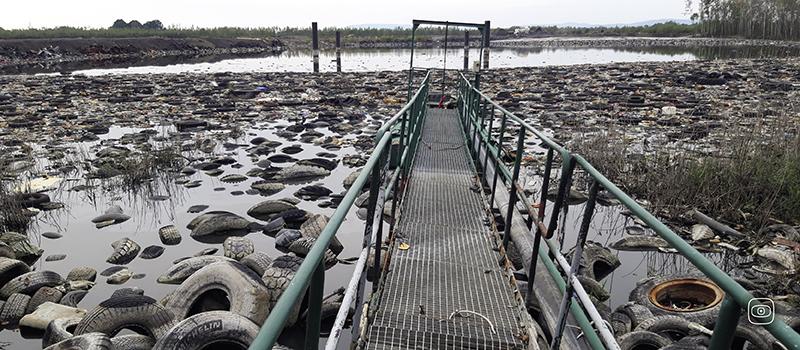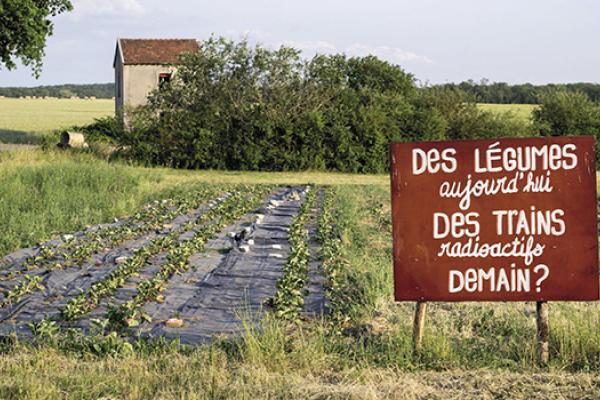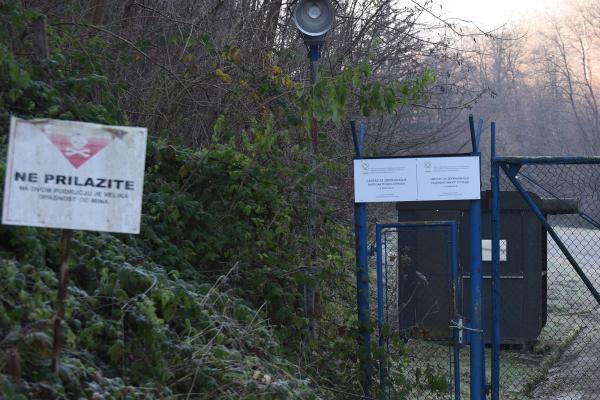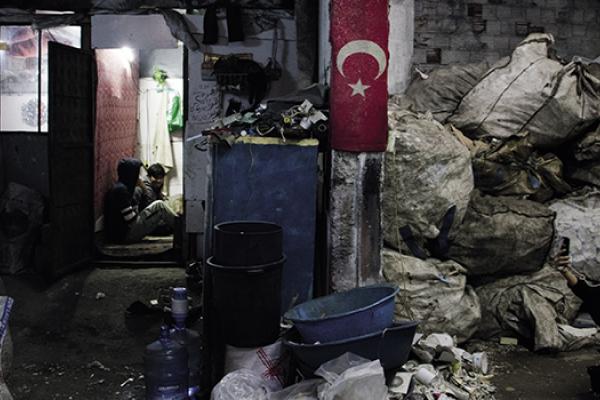A cross-border team of three reporters investigated waste transports from Germany, Austria and Italy to the Czech Republic: old tyres, shoes and other rubber waste, but also – in some cases – toxic waste such as ashes from incinerator plants as well as sludge from steel mills.
Disposing of such waste in landfills has long been prohibited in most countries of the European Union. However, the authorities tolerate this questionable trade, because in the Czech Republic the waste is used to cover an even greater problem: The waste is dumped into contaminated uranium sludge ponds outside the village of Mydlovary, left behind by the Soviet nuclear programme. Officially, this is considered a remediation method, operated by a Czech government-owned company. Yet, civil society organizations as well as government authorities have raised serious concerns about the way that the waste is used to cover the contaminated.
According to the managing director of one German waste disposal company, Mydlovary is ‘the biggest hole in Europe’ for rubbish dumping. Another waste dealer had this to say: ‘To me, Mydlovary is just a hole where all kinds of crap get dumped.’ He says the disposal of waste in Mydlovary is an ‘open secret’ in the industry: ‘Everyone has delivered there, dozens of companies.’
Dumping waste in Mydlovary is simply much cheaper than recycling it properly. One entrepreneur speaks of savings of up to 80 per cent compared to disposal in Germany. Several German waste disposal companies admit to having made deliveries in the past, stating they have since stopped such exports. However, our investigation reveals that the business is still going on, as the waste industry has turned the nuclear legacy into a business model.
Key findings:
- Companies from Germany, Austria and Italy continue to export millions of tons of waste to the Czech Republic, and some of it is hazardous.
- An old legacy site of the Soviet nuclear program is 'remediated' by covering the contaminated landscape with waste, a method that is sharply criticized by experts and has not been applied at similar legacy sites in other European countries
- Independent experts as well as government authorities have questioned this method of waste disposal for many years. Yet, the trade continues to this day, as authorities seem unable to stop the questionable waste transports within the EU
- Some private companies seem to have reservations about this export route, citing environmental concerns
On the right: Old tyres and other rubber waste floating on the surface in one of the remaining uranium sludge ponds outside the Czech village of Mydlovary. Photograph by Michael Billig.






